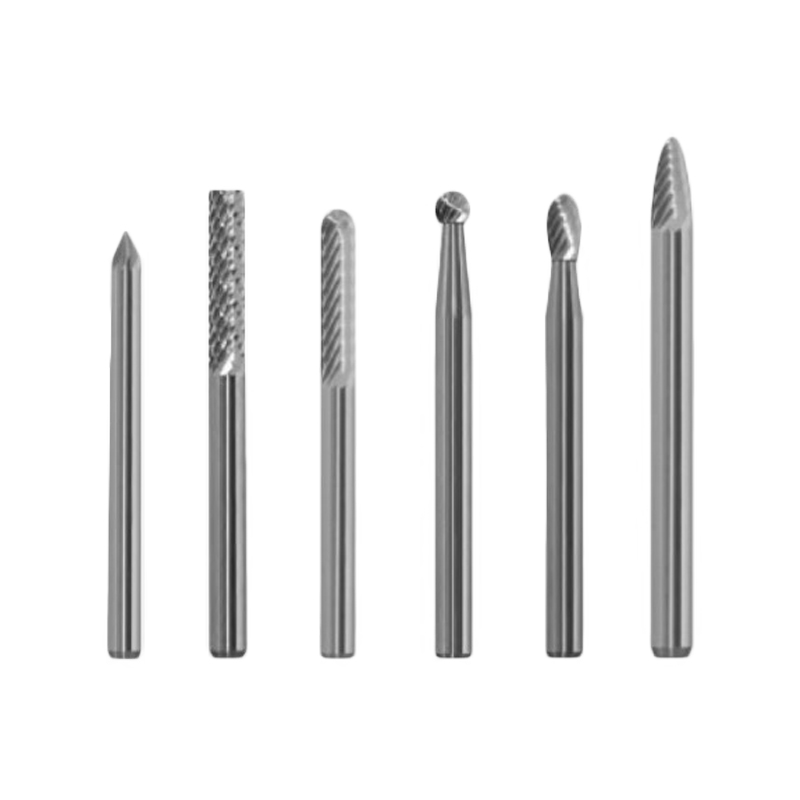Structural Integrity and Durability
One of the notable advantages of solid carbide burs over welded burrs lies in their construction. They are manufactured from a single piece of carbide material, which provides good structural integrity and eliminates potential weak points commonly found at weld joints. Welded burrs, on the other hand, join a carbide or steel cutting head to a separate shank, creating a junction susceptible to stress fractures or separation under high rotational speeds or heavy cutting loads. This unified construction results in greater durability, reducing the likelihood of breakage during demanding operations and enhancing operator safety.

Enhanced Cutting Performance and Precision
Solid carbide burs typically offer good cutting performance compared to welded counterparts. The uniformity of the material throughout the tool allows for consistent hardness and wear resistance, which contributes to maintaining sharper cutting edges for longer periods. This stability is crucial for precision metalworking tasks where accuracy and surface finish quality are paramount. Welded burrs may experience slight flex or vibration at the weld, negatively impacting cutting accuracy and causing less smooth finishes. The rigidity of solid carbide burs ensures more controlled and precise material removal, making them ideal for intricate or detailed work.
Improved Longevity and Cost Efficiency
While the initial cost of solid carbide burs may be higher than welded burrs, their extended lifespan often results in better long-term value. The enhanced wear resistance and reduced risk of tool failure mean fewer replacements and less downtime. In industrial environments where tool changeover time directly affects productivity, using solid carbide burs can cause significant efficiency gains. Welded burrs might need more frequent replacements due to weld fatigue or cutting head wear, increasing overall tooling costs and operational interruptions.
Greater Suitability for High-Speed and Automated Operations
Solid carbide burs excel in high-speed rotary tool applications and automated machining setups, such as CNC machines or robotic arms. Their robust design can withstand the high rotational speeds without compromising tool integrity or cutting performance. Welded burrs, in contrast, have limitations in safe operating speeds due to the mechanical stress at the weld point. This limitation restricts their use in certain high-precision or high-efficiency automated processes. The reliable performance of solid carbide burs under such conditions makes them preferable for advanced manufacturing environments.
Consistent Balance and Reduced Vibration
Because solid carbide burs are monolithic, they often exhibit better balance and reduced vibration during rotation. This contributes to improved operator comfort and safety, especially during prolonged use. Reduced vibration also decreases the likelihood of chatter marks on the workpiece surface, enhancing the quality of the finish. Welded burrs may have slight imbalances caused by the joining process, potentially causing higher vibration levels and reduced cutting stability.
Conclusion
Solid carbide burs provide a range of advantages over welded burrs, including good structural strength, enhanced cutting precision, longer tool life, and better suitability for high-speed, automated operations. Their monolithic design reduces the risk of failure at weld joints, offering greater safety and reliability for operators. Although their upfront cost may be higher, the overall efficiency and performance benefits often justify the investment in demanding industrial and precision metalworking contexts. Choosing it can cause improved productivity, better surface finishes, and reduced tooling costs over time.